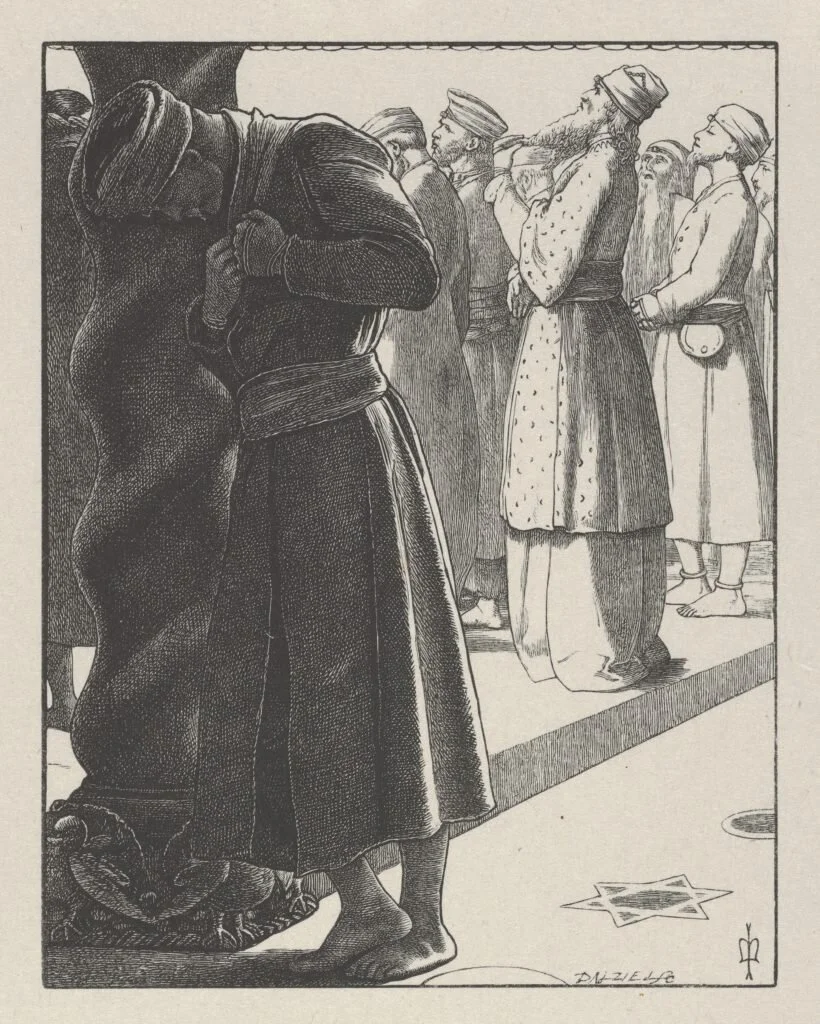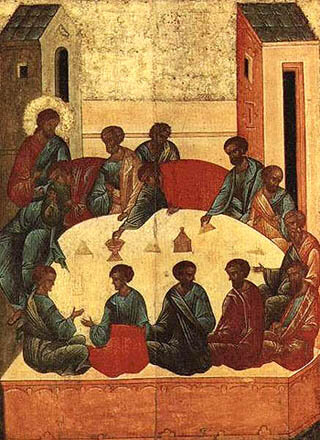Trinity Sunday is the Sunday in which we reflect on the meaning and importance of the doctrine of the Trinity. Father Jeremiah considers what it isn’t, what it is, and why any of this matters to us. Listen to find out more!
Image: John Salmon / St Mary, Sedgeford, Norfolk - Window, licensed under CC BY-SA 2.0, no changes made. Location: https://commons.wikimedia.org/wiki/File:St_Mary,_Sedgeford,_Norfolk_-_Window_-_geograph.org.uk_-_1701329.jpg



















